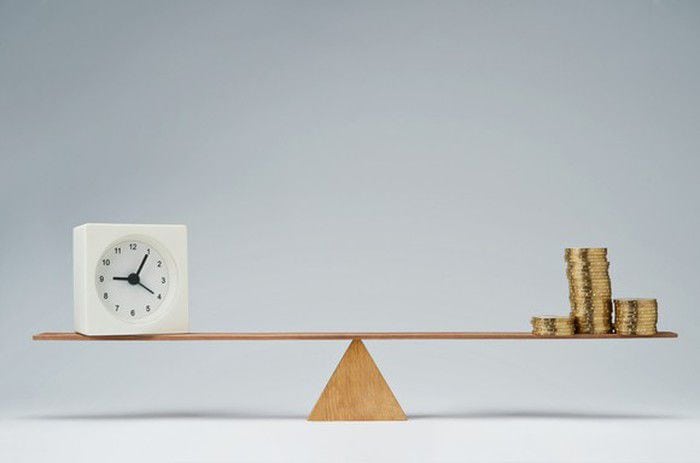
It started with a student loan for college. Then you bought a car and a home. Then you had some unexpected expenses that you charged to your credit card. Now you’re staring down a mountain of debt and not sure which one you should tackle first.
It would be nice if there were a simple formula that could answer that question, but it isn’t quite that easy. It all depends on your financial goals, your attitude, and the types of debt that you have. Here’s a quick look at three popular strategies for paying off debts and how to choose the one that’s right for you.
Highest interest rate first
The most efficient way to pay off your debt is by focusing on the interest rates. The idea is that by eliminating high-interest debt first, you’ll pay the least amount of money overall. Here’s an example to put this in perspective.
Imagine you have the following debts you’re trying to pay off:
- Mortgage: $200,000 with a 4.25% interest rate
- Credit card 1: $5,000 with a 24% interest rate
- Credit card 2: $3,000 with an 18% interest rate
- Personal loan: $10,000 with a 15% interest rate
If you were trying to pay the lowest amount possible, you would pay the debts in order from highest interest rate to lowest — that is, credit card 1, credit card 2, personal loan, and then mortgage. That means paying the minimum amount on all of your debts except the one with the highest interest rate, then putting as much money as possible toward the highest-interest debt until it’s gone. Then you’d move onto the debt with the next highest interest rate.
The downside to this strategy is that if the debt with the highest interest rate also has a large balance, it could take you a long time for you to pay it down. This may discourage some people and cause them to give up on the strategy. If you feel this could be a problem for you, then the next strategy may be a better fit.
Lowest balance first
Another approach is to start with the debt that has the lowest balance first and work up from there. In the previous example, this would mean paying credit card 2 first, then credit card 1, personal Loan, and mortgage — in that order.
The advantage of this approach is that you can pay off your smaller debts quickly and feel encouraged by your accomplishments. It’s also the fastest way to get any debt collectors off your back. The disadvantage is that, by disregarding the interest rate and focusing solely on balance, you’ll probably end up paying more overall because your high-interest rate debts will continue to accrue more interest while you’re focusing on the smallest balances.
Highest credit utilization first
If the balances on your credit cards exceed 30% of your credit utilization ratio, this may encourage you to pay off these debts before the others, even if other debts have higher balances or interest rates. This will help to boost your credit score, which can, in turn, help you secure lower interest rates on future loans.
Customize accordingly
The three strategies above can all be great ways to prioritize your debts, but don’t be afraid to customize them. For example, if you have one or two small debts amounting to a few hundred dollars, you may want to quickly pay those off and then prioritize your larger debts by interest rate.
There’s no wrong way to pay off your debt, but different strategies have different pros and cons, and it’s up to you to figure out which one works the best for your situation.
























